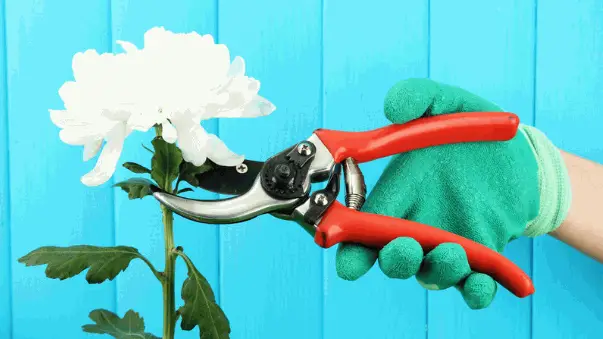Secateurs are essential for any gardener, enabling precise pruning, cutting, and shaping of plants. However, regular use can cause the blades to become dull, leading to inefficient cuts and a blunt pair can damage plants.
Sharpening secateurs restores their cutting edge and ensures cleaner cuts, minimises stress on plants, and promotes healthier growth. With a well-sharpened pair of secateurs, you’ll achieve cleaner cuts, reduce the risk of infections, and enhance the overall aesthetic appeal of your garden. Equipment Girl is here to help you care for your gardening equipment.
Tools And Materials Required
To make the most of the sharpening process, you need the necessary tools and materials:
Secateurs
Ensure you have a pair of secateurs that require sharpening. Different types of secateurs may have varying blade designs, so it’s vital to understand the specific requirements of your secateurs.
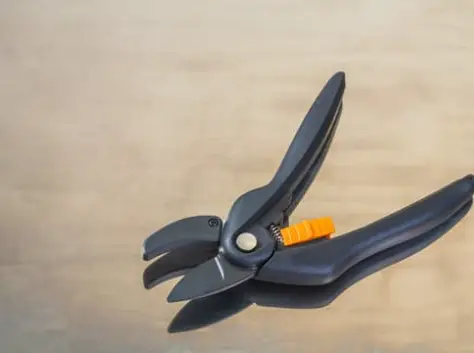
Safety Gloves
Protect your hands by wearing sturdy safety gloves throughout the sharpening process.
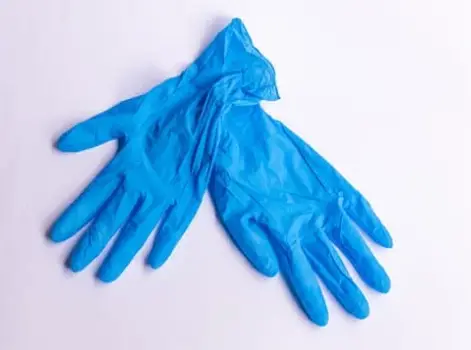
Sharpening Stone
Choose a high-quality sharpening stone appropriate for sharpening secateurs. A medium-grit stone is generally suitable for most secateurs, but sharp tools come in all manner of designs and styles, including a diamond sharpener.
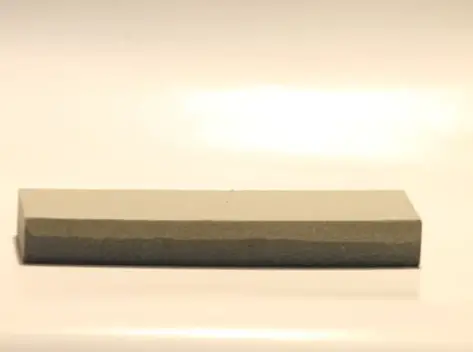
Lubricating Oil
A lubricating oil or spray is available to clean and lubricate the secateurs after sharpening.

Clean Cloth
Keep a clean cloth nearby for wiping and maintaining the cleanliness of your secateurs.
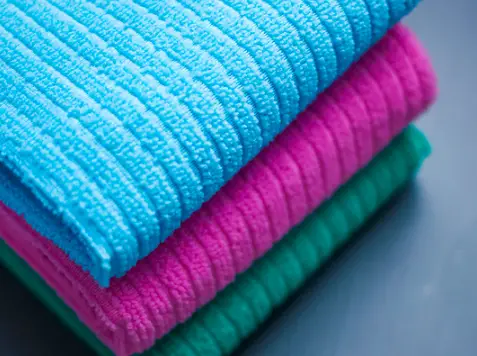
Step-by-Step Guide To Sharpening Secateurs
Follow these step-by-step instructions to sharpen your secateurs effectively:
Preparation
Put on your safety gloves to protect your hands during the sharpening process.
Ensure you have a stable work surface and sufficient lighting for a comfortable and practical sharpening experience.
Disassembling The Secateurs (if applicable)
Some secateurs have a bolt or screw that allows you to disassemble the blades. If your secateurs have this feature, carefully unscrew it to separate the blades.
Inspecting And Cleaning
Examine the blades of your secateurs for any rust, debris, or plant residue. If present, clean them gently with a clean cloth or soft brush.
Inspect the bevelled blade for any nicks, chips, or damage. Consider seeking professional help or replacing the secateur blades if you notice any significant damage.
Wipe the blades dry to ensure a clean working surface for sharpening.
Sharpening The Secateurs
Wet the sharpening stone by immersing it in water for a few minutes.
Hold the secateurs firmly while gripping the sharpening stone with the other.
Position sharpening stones at a 20-degree angle against the bevelled cutting edge of the curved blade.
Maintain the same angle, and move the sharpening tool along the sharp edge in a smooth and sweeping motion. We also recommend taking a look at our post “How To Sharpen A Hedge Trimmer” for valuable insights.
Testing The Sharpness
After sharpening, carefully remove any metal shavings or residue from the blades.
Reassemble the secateurs if you had disassembled them earlier.
Test the sharpness of your secateurs by making a few cuts on a small branch or stem. Ensure the secateurs cut cleanly and effortlessly. For more information, you can check out our post “Best Tool For Cutting Small Trees“.
Cleaning And Lubricating
Once you’re satisfied with the sharpness, clean the blades with a cloth to remove any remaining debris or oil.
Apply a small amount of lubricating oil to the pivot point and other moving parts to ensure smooth operation.
Wipe away any excess oil and ensure the secateurs are clean and ready for storage or further use. For more learnings, you can check out our post “Best Way To Lubricate Hedge Trimmers“.
Tips For Maintaining Sharp Secateurs
To keep your secateurs sharp and ready for action, consider the following tips:
Regular Cleaning: After each use, wipe down the blades of your secateurs to remove any sap, dirt, or debris that may accumulate.
Oiling: Apply a thin layer of lubricating oil to the blades and moving parts periodically to prevent rust and ensure smooth operation.
Storage: Store your secateurs in a dry place to minimise exposure to moisture, which can lead to rust.
Avoiding Rough Surfaces: Refrain from using your secateurs on hard or abrasive surfaces to prevent unnecessary damage to the cutting edge.
Professional Servicing: If you notice significant damage or your secateurs become excessively dull, consider seeking professional sharpening or blade replacement services.
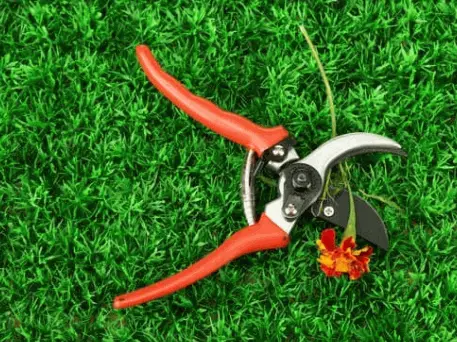
Is WD40 Good For Secateurs?
Yes, WD-40 is suitable as a lubricant for secateurs. WD-40 is a versatile product that helps to protect metal surfaces from rust and corrosion, and it can also aid in maintaining the smooth operation of secateurs. When using WD-40 on secateurs, apply a minor amount to the pivot point and other moving parts, such as the spring mechanism, to ensure they operate smoothly. Additionally, WD-40 can help displace moisture and prevent rust formation on the blades, especially in damp or humid conditions. However, it’s important to note that WD-40 is primarily a lubricant and rust preventer rather than a dedicated blade sharpener.
What Is The Best Oil To Use On Secateurs?
When it comes to choosing the best oil for lubricating secateurs, there are several options available. Here are a few common choices:
Mineral Oil: Mineral oil is a popular choice for lubricating secateurs. It is lightweight, odourless, and provides excellent lubrication for the moving parts of the secateurs. Mineral oil also helps prevent rust and corrosion.
Sewing Machine Oil: Sewing machine oil is a thin, high-quality lubricant that keeps sewing machines running smoothly. It is also suitable for lubricating secateurs due to its low viscosity and ability to penetrate small spaces.
Tool Oil: Tool oil, specifically formulated for lubricating various tools, can be an excellent choice for secateurs. It typically has excellent lubricating properties and protects against rust and corrosion.
3-in-1 Oil: 3-in-1 oil is a versatile multi-purpose oil for lubricating secateurs. It combines lubrication, rust prevention, and corrosion protection properties in one product.
When applying oil to secateurs, remember to use a small amount and focus on the pivot point and other moving parts. Avoid applying excessive oil, as it can attract dirt and debris. After oiling, remove excess oil to keep the secateurs clean and prevent build-up.
Can I Use Olive Oil On Secateurs?
While olive oil is a commonly available household oil, it isn’t great for lubricating secateurs. Olive oil is a food-grade oil primarily used in cooking and dressing food. When used on secateurs, it can become sticky over time, attract dirt and debris, and potentially gum up the moving parts of the secateurs.
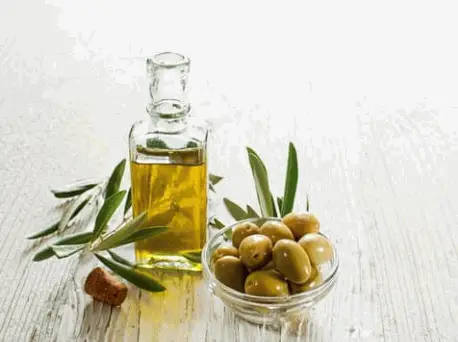
Can I Sharpen Pruners With A Knife Sharpener?
Using a knife sharpener to sharpen pruners or secateurs is not recommended. While both tools involve cutting, they have different blade designs and sharpening requirements.
Pruners and secateurs typically have blades with a bevelled edge, similar to scissors. On the other hand, kitchen knives or garden knives have different shapes and angles. Knife sharpeners are explicitly designed for sharpening knives and may not provide the necessary angle or surface to sharpen pruners properly.
Can I Sharpen My Secateurs With Sandpaper?
While sandpaper is a makeshift option for sharpening pruners or secateurs in certain situations, there are better methods for achieving optimal results. Sandpaper is not explicitly designed for sharpening tools and may not provide the precision and consistency required for sharpening pruner blades.
When sharpening pruners, it is crucial to maintain the correct angle and ensure an even sharpening across the entire length of the cutting edge. Sandpaper may offer a different level of control than dedicated sharpening tools, making it difficult to achieve consistent results.
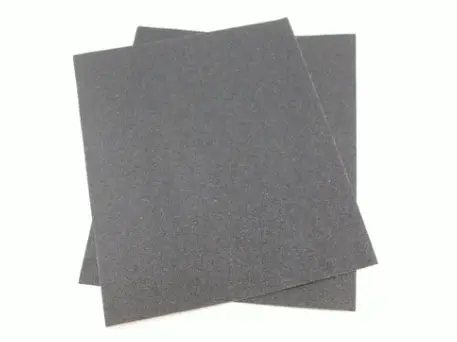
How Often Should I Use A Sharpening Tool On Secateurs?
The frequency of how you should sharpen secateurs depends on usage intensity, plant types, and blade condition. Sharpening them once or twice a year is recommended as a general guideline, but this can vary. More frequent sharpening may be necessary if you use secateurs extensively or work with woody or fibrous plants.
Regularly inspect the blades for signs of dullness and sharpen them when cuts become less clean. Maintaining sharp secateurs is crucial for clean cuts, plant health, and a precise pruning experience. Keeping the secateurs clean, lubricated, and properly stored also contributes to their longevity and performance.
By implementing these methods, you can expect cleaner cuts, healthier plants, and an enhanced gardening experience. Remember to prioritise safety, maintain regular maintenance routines, and store your secateurs appropriately to maximise their lifespan. At Equipment Girl, we want you to work quickly, safely, and effectively, so contact us with any questions about how to sharpen secateurs.
While you’re exploring our site, be sure to take a look at our post on why tree pruning is important for additional insights.

